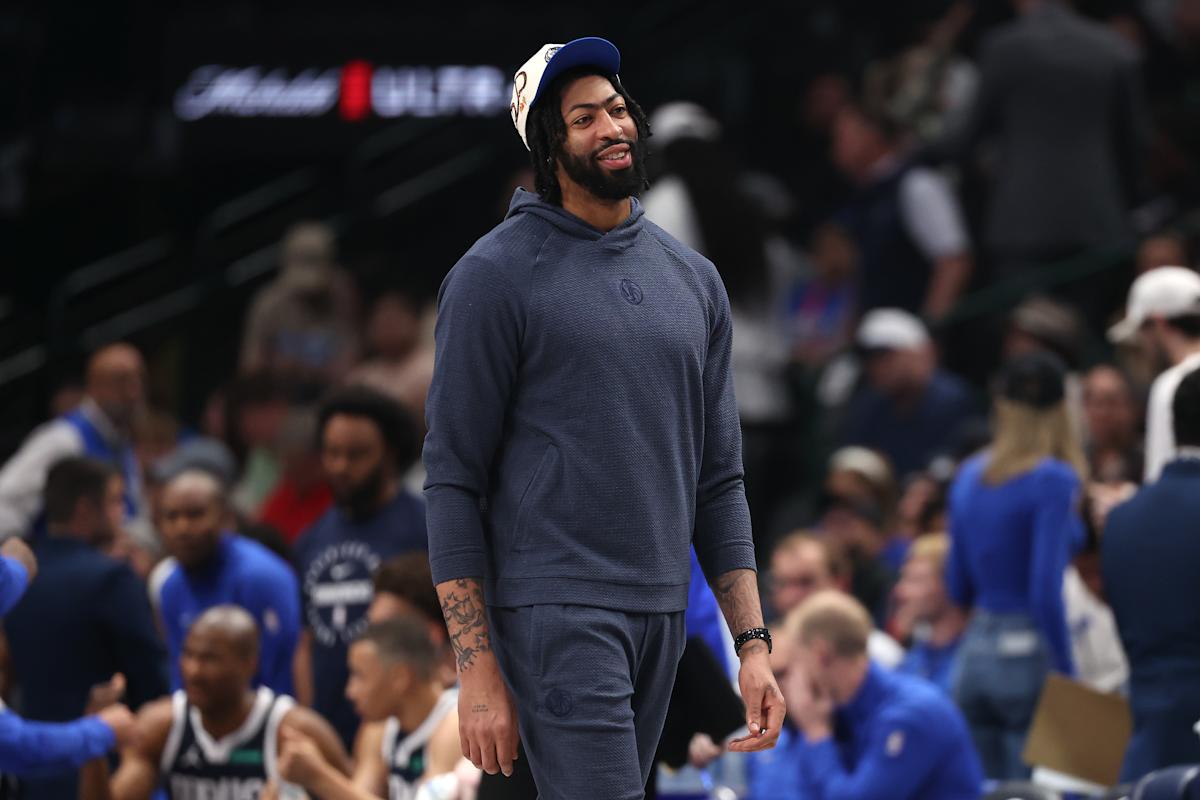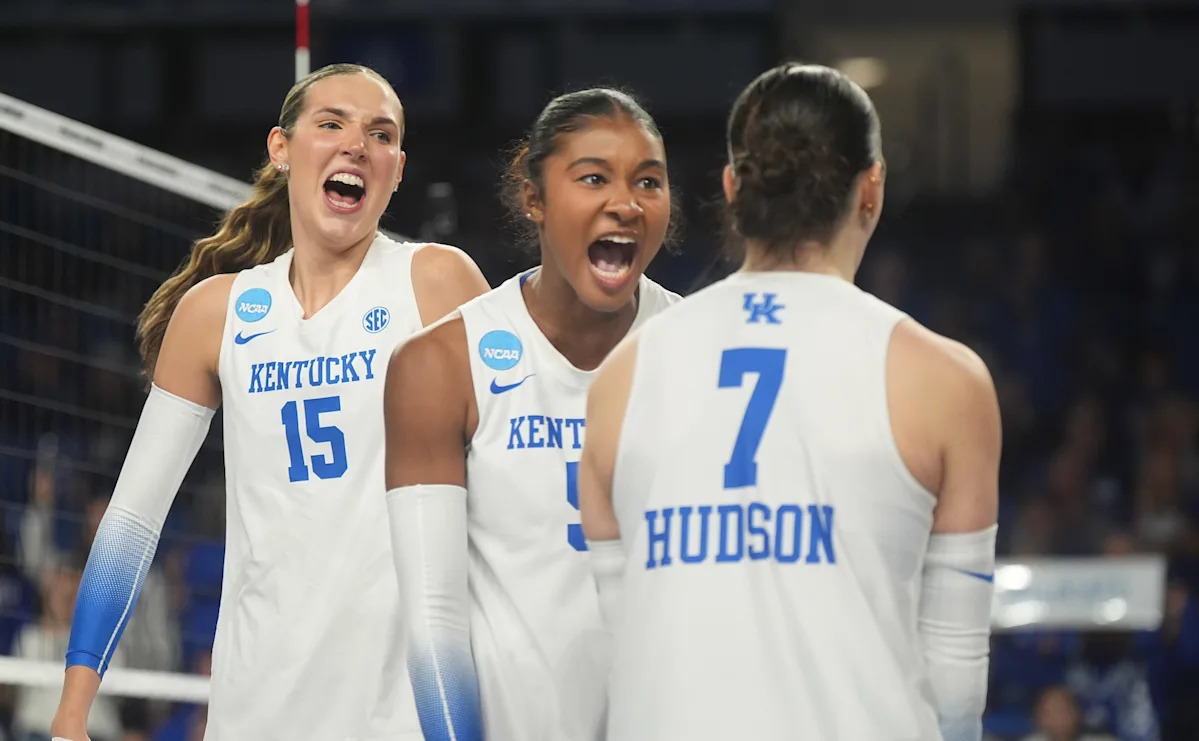The 2025 season is over for the Cincinnati Reds. Was it a success? Or was it a failure? That probably depends on who you ask. The team finished 83-79 in the regular season and then were swept by the Los Angeles Dodgers in the National League Wild Card series 2-0. With no more games, the front office and the players have to figure out what’s next. The answer to that question is far more important for some players than others because three players have options and five others are set to become free agents. Today we’re going to start a series looking at these players and what the organization should do.
Austin Hays will need to agree to exercise his $12,000,000 and have the Reds also exercise that option for him to remain in Cincinnati (unless the two sides agree to a new deal). In today’s game that’s not very much money. But the question is does that much money make sense for him, and does it make sense for the Reds?
Last season he played in 103 games. It was the second straight year in which he struggled to stay on the field after playing in 131, 145, and 144 games from 2021-2023 with the Baltimore Orioles. In his 103 games with the Reds he hit .266/.315/.453, posting an OPS+ of 105 (100 is average, and OPS+ is adjusted for the ballparks a player hits in all season).
Hays was a solid hitter this season. But he didn’t really stick out beyond the first 12 games. During that time he hit .388/.444/.755 for Cincinnati with three doubles, five walks, and five home runs. In the final 91 games of the season he hit .248/.296/.408 with 24 walks and 95 strikeouts.
Defensively he’s been a negative defender by both Baseball Reference and Fangraphs over the last few seasons. It’s possible that’s been injury related as the numbers are a bit better prior to 2024, though he’s also getting older and slower – there was once a time in which he’d at least cover center field every so often and it seems those days are behind him. With that said, Baseball Savant rated him as at one out above average in 2025. Defensive metrics are not nearly as accurate as the hitting or pitching ones, so your mileage may vary on this one.
For Hays, he probably would like to land a multi-year deal. There’s going to be more money and more security in that. But after the last two seasons he probably isn’t going to get $12,000,000 per season, either. It’s possible he could get a two or three year deal that totals more than that, though.
For the Reds the question isn’t just “is Austin Hays worth $12,000,000?”, it’s “can we utilize that money better while also replacing him?” and that’s where the rub lies. Internally the question is up in the air and uncertain. The most logical internal replacement could be Spencer Steer. He was in left field in the past for the club and while he moved to first base for much of 2025 that was almost out of necessity in order to keep his bat in the lineup because a shoulder injury limited his arm strength on throws. With Sal Stewart likely to begin the year in Cincinnati in 2026 he can fill the first base role and push Steer back into left.
The Reds have other potential options with giving Will Benson a lot more playing time, or seeing what Rece Hinds can do if given consistent playing time, or pushing Hector Rodriguez up and seeing what he can do.
What Hays does is give you a likely baseline of “he’s a starter” in left field. But he’s going to turn 31 in the first half of 2026 and even in his best year he was a good, but not real good hitter.
With options to choose from it seems less likely that the Reds will pick up their part of the option. The budget isn’t likely to move up too much from where it was in 2025. And if the season showed the front office anything it’s that they need more quality hitters and probably at least one really good one. And those guys don’t come cheap. Even if the team can find a way to trade for one, that player is likely going to be making good money in arbitration (because teams don’t tend to trade really good hitters making very little money). Cincinnati’s going to try and save money where they can and not picking up a $12,000,000 option on a solid, but not good hitter on the wrong side of 30 is probably a good place to start when you’ve got other options.























